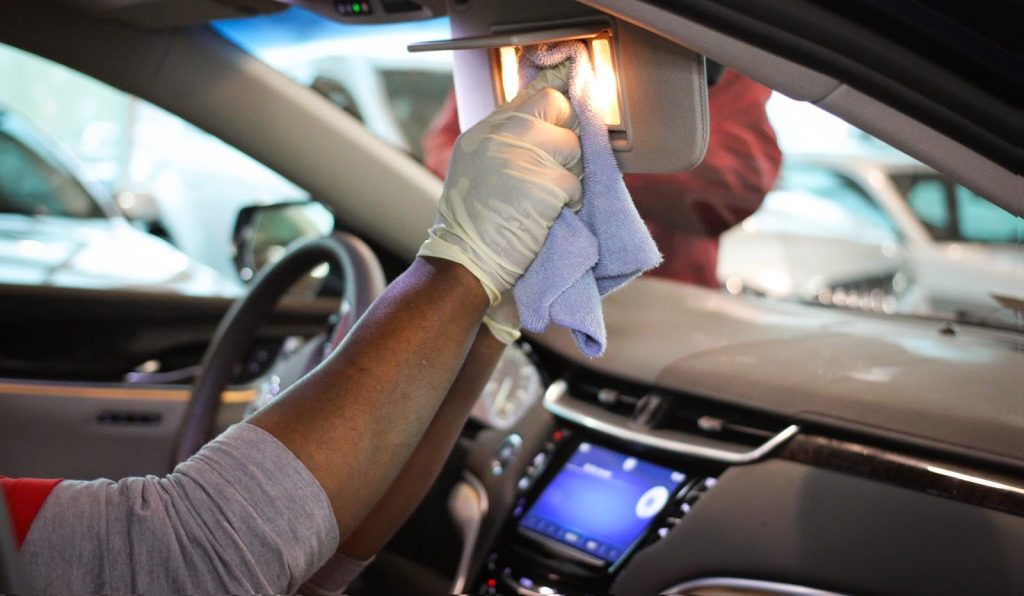When it comes to car insurance, young drivers often face higher premiums compared to older, more experienced drivers. However, understanding the factors that influence insurance rates can help young drivers make informed decisions and find affordable coverage. In this article, we’ll explore the key elements that affect car insurance premiums for young drivers and provide helpful tips on how to lower these costs.
Introduction: Understanding the Basics of Car Insurance for Young Drivers
Car insurance is a necessary expense for all drivers, but for young drivers, it can be especially costly. Insurance companies determine rates based on several factors, many of which reflect the risk associated with a particular driver. Young drivers, particularly those under the age of 25, tend to have higher accident rates, making them riskier to insure. As a result, they often face steeper premiums.
However, the cost of insurance is not solely based on age. Several other factors, including driving history, type of vehicle, location, and even credit score, can significantly influence how much you pay for car insurance. Understanding these factors will allow young drivers to make smart choices and potentially reduce their insurance costs.
1. Age and Driving Experience
One of the primary reasons young drivers face higher premiums is their lack of experience on the road. In general, inexperienced drivers are more likely to be involved in accidents. This risk is reflected in higher insurance rates. Statistically, drivers between the ages of 16 and 24 are the most likely to be involved in car accidents, especially those caused by speeding, distractions, or reckless driving. As drivers gain more experience and demonstrate a clean driving record, their premiums typically decrease.
2. Type of Vehicle
The type of vehicle a young driver chooses can significantly affect their insurance rates. High-performance vehicles, luxury cars, and sports cars are often more expensive to insure due to their higher repair costs and the increased likelihood of accidents. On the other hand, a practical, safe vehicle with low repair costs, such as a compact car or sedan, will likely have lower premiums. Young drivers should consider choosing a car that is both affordable and safe, as it can make a big difference in their insurance costs.
3. Driving History and Claims Record

A young driver’s history of accidents and claims plays a significant role in determining their premium. Drivers with a clean driving record—meaning no accidents, traffic violations, or claims—are generally considered less risky to insure and can enjoy lower premiums. On the other hand, if a young driver has a history of speeding tickets, accidents, or claims, insurance companies will view them as a higher risk and charge higher premiums. Young drivers should prioritize safe driving habits to avoid raising their rates over time.
4. Location and Driving Environment
Where you live and where you drive can impact your car insurance rates. If you live in an urban area with heavy traffic and a higher likelihood of accidents or theft, your insurance premiums may be higher. In contrast, if you live in a rural area with less traffic, your rates may be lower. Additionally, the level of crime in your area can also affect the cost of coverage, as areas with higher theft or vandalism rates are riskier to insure.
5. Gender and Marital Status

Interestingly, gender and marital status can also affect car insurance premiums. Statistically, young male drivers are more likely to be involved in accidents compared to female drivers, which often leads to higher premiums for males. However, once a young driver reaches their mid-20s and gains more experience, their rates usually start to decrease. Additionally, married individuals tend to have lower insurance rates than their single counterparts, as they are considered less risky by insurers.
6. Credit Score
While it may seem unrelated, a young driver’s credit score can impact their car insurance premium. Insurers often use credit scores to gauge a driver’s financial responsibility. A higher credit score typically correlates with fewer insurance claims and lower premiums, as insurance companies consider drivers with good credit to be less risky. Conversely, those with poor credit may face higher premiums due to the perceived risk associated with their financial history. Young drivers should work to maintain or improve their credit score to potentially lower their insurance costs.
7. Coverage Options and Deductibles
The type of coverage and deductible you choose can also influence your premium. Comprehensive coverage, which covers damage to your car from things like theft, vandalism, or natural disasters, will generally cost more than liability insurance, which only covers damage to other vehicles and property in the event of an accident. Young drivers should carefully evaluate their coverage options and consider opting for a higher deductible, which can lower their premium. However, it’s essential to strike a balance between adequate coverage and affordability.
8. Discounts for Young Drivers
Many insurance companies offer discounts for young drivers who demonstrate safe driving habits or participate in certain programs. For example, many insurers offer discounts for completing a driver’s education course or using telematics devices that track driving behavior, such as speed, braking habits, and mileage. Good student discounts are also common, as insurance companies often offer lower rates to students who maintain a certain GPA. Taking advantage of these discounts can significantly reduce the overall cost of insurance for young drivers.
9. Insurance Provider and Policy Type
Different insurance companies have varying pricing structures, so it’s essential to shop around and compare quotes from multiple providers. Some insurers specialize in offering coverage for young drivers and may provide more competitive rates, while others may offer discounts or promotional deals that can lower premiums. Additionally, the type of policy you choose (e.g., minimum coverage vs. full coverage) will affect your premium. Ensure that you’re selecting a policy that meets both your budget and your coverage needs.
10. The Importance of Maintaining a Clean Driving Record

One of the best ways for young drivers to lower their premiums over time is to maintain a clean driving record. As mentioned earlier, a history of accidents, traffic violations, or claims will cause premiums to rise. Young drivers who make an effort to drive safely and responsibly will not only reduce their risk of accidents but also lower their insurance premiums in the long run. Many insurance companies offer discounts for drivers with a history of no claims or violations, so it’s worth investing time and effort into becoming a safe driver.
Conclusion: Navigating Car Insurance for Young Drivers
Car insurance for young drivers can be costly, but by understanding the factors that affect premiums, it’s possible to find affordable coverage. Factors such as age, driving history, vehicle type, location, and even credit score all contribute to the cost of insurance. Young drivers should focus on safe driving, choose the right vehicle, and take advantage of available discounts to lower their premiums. By comparing insurance providers, selecting appropriate coverage, and maintaining a clean driving record, young drivers can navigate the complexities of car insurance and secure affordable protection for their vehicles.

Leave a Reply